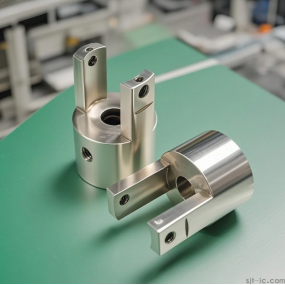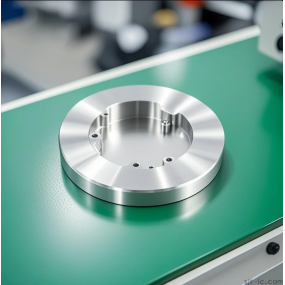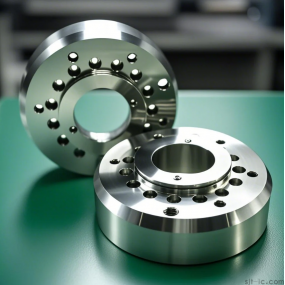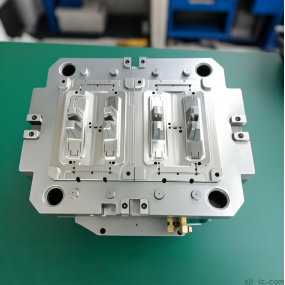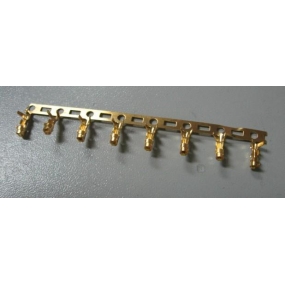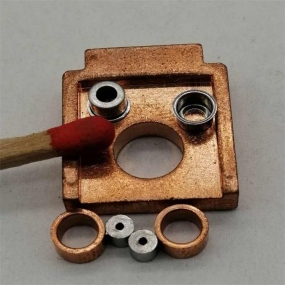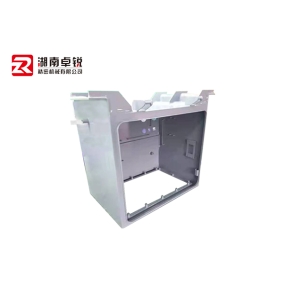The technical factors that affect surface roughness in precision parts machining mainly include cutting parameters, tool geometry parameters, etc. Improvement needs to start from these aspects.
1. Cutting parameters
The larger the feed rate, the higher the height of the residual area, and the rougher the surface of the part. Therefore, reducing the feed rate can effectively reduce the surface roughness value.
The cutting speed also has a significant impact on surface roughness. When cutting elastic-plastic materials at medium speed, it is easy to produce chips and undergo large plastic deformation, resulting in a high surface roughness value of the processed parts. Usually, low-speed or high-speed cutting of elastoplastic materials can effectively avoid the occurrence of chip nodules, which has a positive effect on reducing surface roughness values.
2. Geometric parameters of cutting tools
The main deviation angle, secondary deviation angle, and tool tip arc radius in precision machining directly affect the surface roughness of the parts. When the feed rate is constant, reducing the main and auxiliary angles or increasing the radius of the tool tip arc can reduce the surface roughness value. In addition, by appropriately increasing the rake and rake angles, cutting deformation and friction between the front and rear cutting surfaces can be reduced, the generation of accumulated chips can be suppressed, and the surface roughness value can also be reduced.
Solving these problems can greatly reduce surface roughness issues.
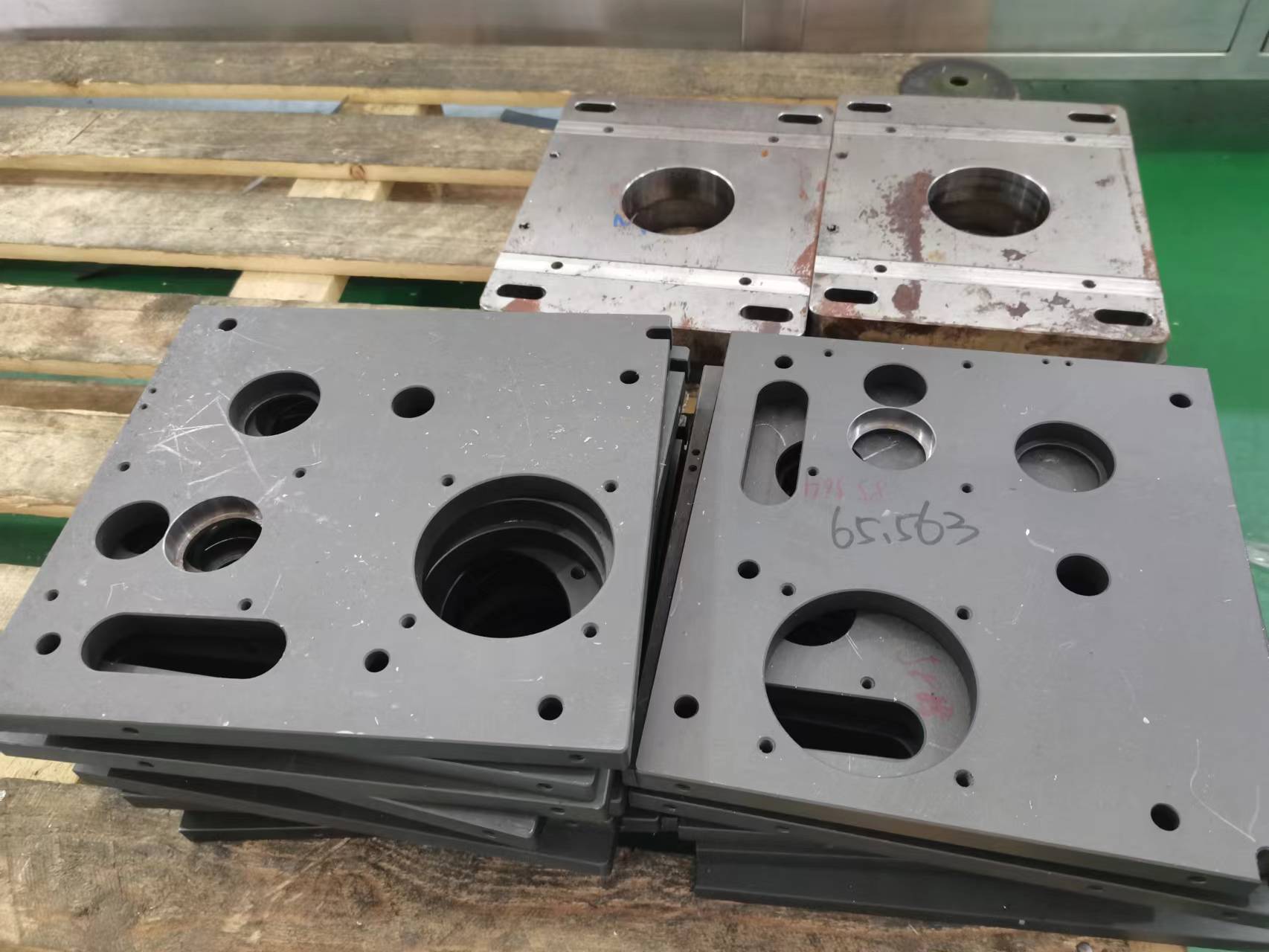


 Spanish
Spanish Arabic
Arabic French
French Portuguese
Portuguese Belarusian
Belarusian Japanese
Japanese Russian
Russian Malay
Malay Icelandic
Icelandic Bulgarian
Bulgarian Azerbaijani
Azerbaijani Estonian
Estonian Irish
Irish Polish
Polish Persian
Persian Boolean
Boolean Danish
Danish German
German Filipino
Filipino Finnish
Finnish Korean
Korean Dutch
Dutch Galician
Galician Catalan
Catalan Czech
Czech Croatian
Croatian Latin
Latin Latvian
Latvian Romanian
Romanian Maltese
Maltese Macedonian
Macedonian Norwegian
Norwegian Swedish
Swedish Serbian
Serbian Slovak
Slovak Slovenian
Slovenian Swahili
Swahili Thai
Thai Turkish
Turkish Welsh
Welsh Urdu
Urdu Ukrainian
Ukrainian Greek
Greek Hungarian
Hungarian Italian
Italian Yiddish
Yiddish Indonesian
Indonesian Vietnamese
Vietnamese Haitian Creole
Haitian Creole Spanish Basque
Spanish Basque

